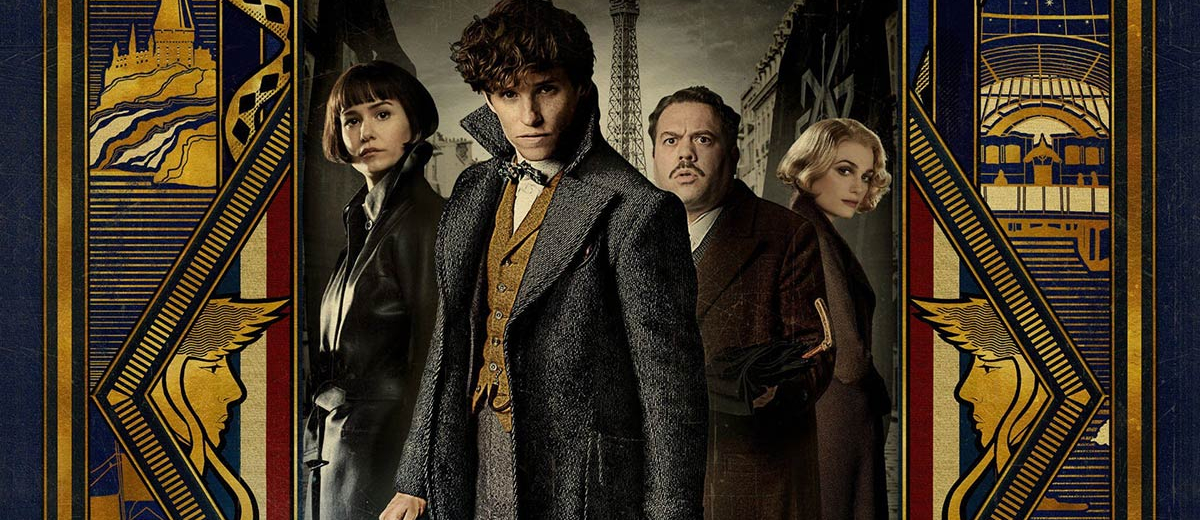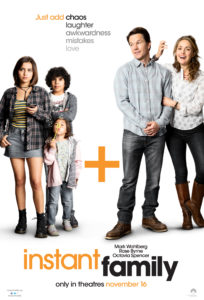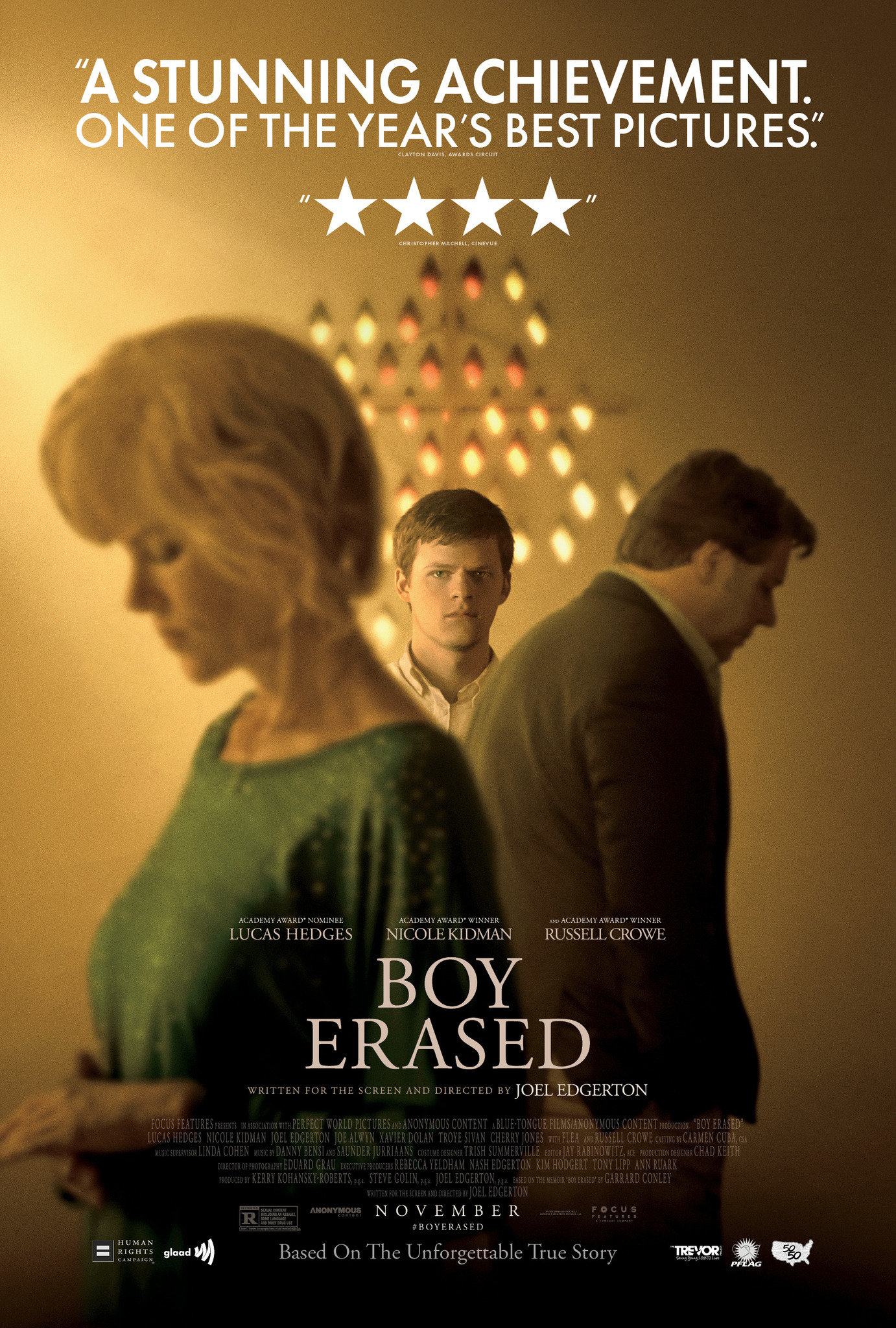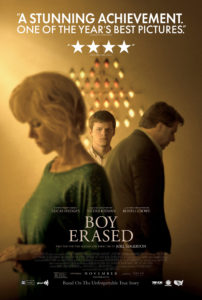Fantastic Beasts: The Crimes of Grindelwald
Posted on November 15, 2018 at 5:08 pm
B| Lowest Recommended Age: | Middle School |
| MPAA Rating: | Rated PG-13 for some sequences of fantasy action |
| Profanity: | None |
| Alcohol/ Drugs: | None |
| Violence/ Scariness: | Extended fantasy peril and violence, some disturbing images |
| Diversity Issues: | A theme of the movie |
| Date Released to Theaters: | November 16, 2018 |
| Date Released to DVD: | March 11, 2019 |

J.K. Rowling is still more of a novelist than a screenwriter, and the screenplay is unwieldy and cumbersome, with too little investment in the characters, too much focus on the secondary details, and too little attention to the stakes of the story.
As we glimpsed at the end of the last movie, our evil villain is Grindelwald, played by Johnny Depp with bleached out hair and one light blue contact lens. And he’s something of a wizarding world white nationalist. While magics and non-magics (muggles in the UK, no-majs in the US) have existed peacefully side by side for centuries, Grindelwald wants the “pure-blood” magic people to reign over the mixed-race magics and the humans.
Our hero is still Newt Scamander (Eddie Redmayne), who is much more comfortable with magical creatures, even the destructive and dangerous ones, than he is with people, magic or not. With people he looks away and mumbles. With creatures, he instinctively knows how to make them feel safe, maybe because he feels safe with them.
Really, that’s plenty for a movie. But Rowling piles on lots of characters and lots of storylines and lots of world capitals — so many we might forget we’re not in a Bond movie, except that they all have the same chilly, sepulchral, beige color scheme. The movie is cluttered with layers of references to the Potterverse, including a visit to Hogwarts (young Dumbledore!), boggarts, polyjuice potion, and an encounter with Nicolas Flamel. And it is cluttered with mini-plots that don’t go anywhere (as Chekov should have said, if you’re going to introduce a character who turns into a snake in the first act, that snake better save the day in the third) or mini-plots you wish didn’t go anywhere (a search for a lost brother, a romantic misunderstanding that would have seemed tired in a “Brady Bunch” episode). Plus, don’t put the wildly talented Ezra Miller in a movie and give him nothing to do but look glum.
Instead of a missing puzzle piece in a complex, thoroughly imagined world, it is more like fan service. There is much to look at and much to enjoy but I can’t say that it’s Fantastic.
Parents should know that this film includes extensive fantasy peril and violence, characters injured and killed, and some disturbing images.
Family discussion: What would your boggart be and how would you make it ridiculous? Why do Grindelwald’s followers believe he is right?
If you like this, try: the “Harry Potter” series and the first “Fantastic Beasts” film









